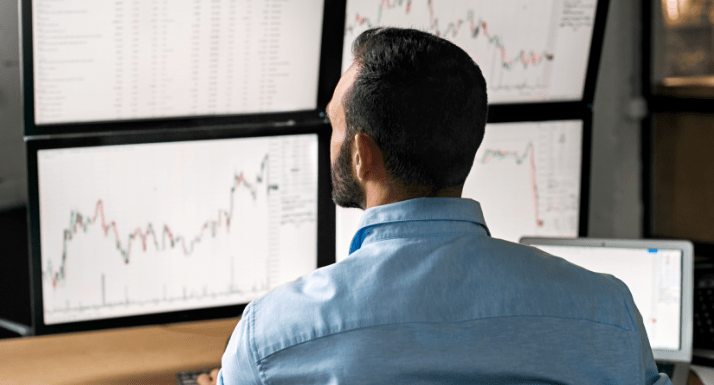The foreign exchange market is the "place" where currencies are traded. The need to exchange currencies is the primary reason why the forex market is the largest, most liquid financial market in the world with over $5 trillion volume per day. One unique aspect of this international market is that there is no central marketplace for foreign exchange. Rather, currency trading is conducted electronically over-the-counter (OTC), which means that all transactions occur via computer networks between traders around the world, rather than on one centralized exchange. The market is open 24 hours a day, five and a half days a week, and currencies are traded worldwide in the major financial centers of London, New York, Tokyo, Zurich, Frankfurt, Hong Kong, Singapore, Paris, and Sydney - across almost every time zone. This means that when the trading day in the U.S. ends, the forex market begins anew in Tokyo and Hong Kong. As such, the forex market can be extremely active any time of the day, with price quotes changing constantly.
The foreign exchange market (forex or FX for short) is one of the most exciting, fast-paced markets around. Until recently, forex trading in the currency market had been the domain of large financial institutions, corporations, central banks, hedge funds, and extremely wealthy individuals. The emergence of the internet has changed all of this, and now average investors can buy and sell currencies easily with the click of a mouse through online brokerage accounts.
Daily currency fluctuations are usually very small. Most currency pairs move less than one cent per day, representing a less than 1% change in the value of the currency. This makes foreign exchange one of the least volatile financial markets around. Therefore, many currency speculators rely on the availability of enormous leverage to increase the value of potential movements. Higher leverage can be extremely risky, but because of round-the-clock trading and deep liquidity, foreign exchange brokers have been able to make high leverage an industry standard to make the movements meaningful for currency traders.

























